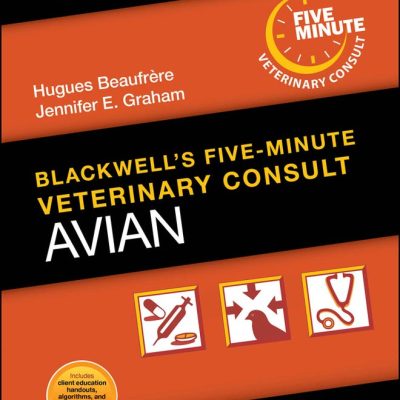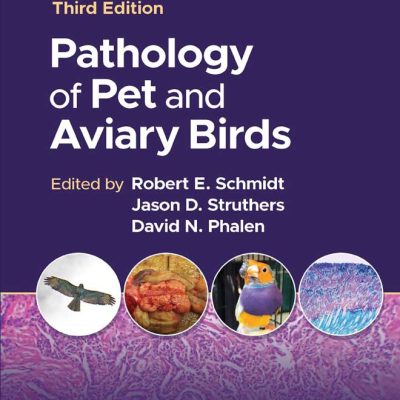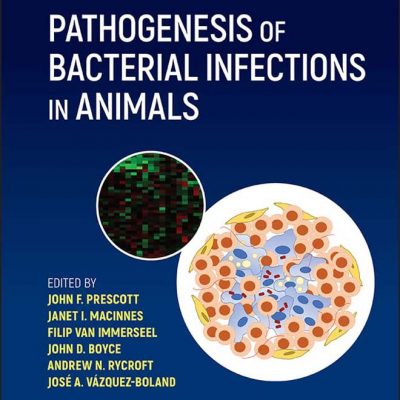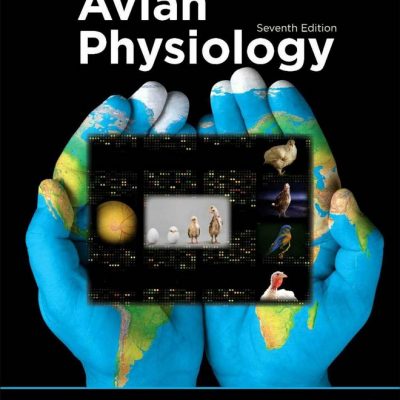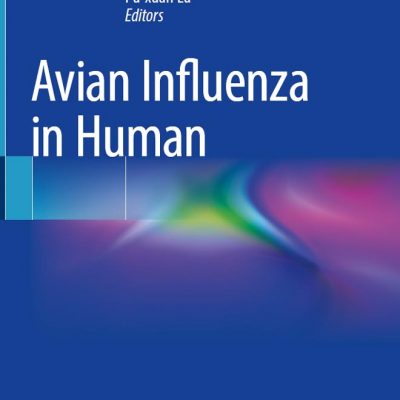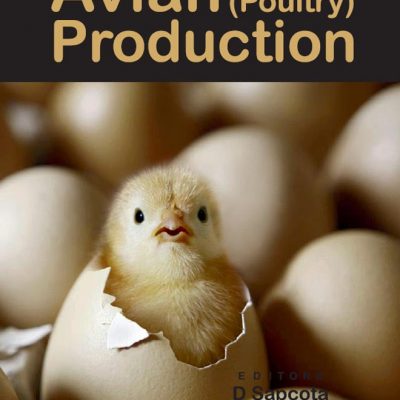
Avian Influenza: Etiology, Pathogenesis and Interventions
by Salomon Haugan, Walter Bjornson
November 2011
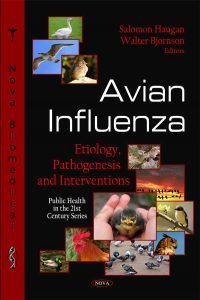
Avian influenza, sometimes avian flu, and commonly called bird flu, refers to “influenza caused by viruses adapted to birds.” Of greatest concern is highly pathogenic avian influenza (HPAI). These influenza viruses occur naturally among birds. Wild birds worldwide carry the viruses in their intestines, but usually do not get sick from them. However, avian influenza is very contagious among birds and can make some domesticated birds, including chickens, ducks, and turkeys, very ill. Infected birds shed influenza virus in their saliva, nasal secretions, and feces. Susceptible birds become infected when they have contact with contaminated secretions or excretions or with surfaces that are contaminated with secretions or excretions from infected birds. The risk from avian influenza is generally low for most people, because the viruses do not usually infect humans. However, confirmed cases of human infection from several subtypes of avian influenza infection have been reported since 1997. The spread of avian influenza viruses from one ill person to another has been reported very rarely, and has been limited, inefficient and unsustained. This important book gathers the latest research from around the globe in this field.

